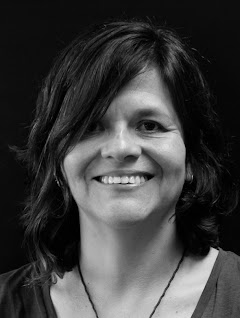Beat
Typically I cover day-to-day news here in Lima. That means shooting press conferences, sports events, political figures, and lots of photos of daily life.
One Shot

“I don’t think I have taken my best photo yet. But this image is my favourite of the ones I have shot recently, because it captures a very intimate moment between a mother and daughter.”
Profile
I was always the photographer of the family. I took my camera around with me because there weren’t enough pictures of me as a baby, because I used it to play with my brothers, because I wished I could stop time, because I wanted to see what things looked like in other dimensions, because I felt the need to document my life… It was always around.
Being a photographer provides me with the perfect mix between my interests in sports, history, and the society I live in. I’ve been doing this job for years, but it never feels the same, and it never ceases to amaze and motivate me.
I studied history, but photography became my way of witnessing the world around me. As a student I started to travel around Peru, always as the photographer of the group, and I realised then that it was easier for me to take pictures than to write a story.
Later, I took part in some photography workshops, started taking pictures for magazines, and then joined Reuters as a freelancer in 1992. After studying for one year at the School of Photojournalism in Missouri, with a fellowship from the Reuters foundation, I joined Reuters as a staff member in Peru.
I shot the first picture I sold to Reuters in April 1992, during the crisis when ex-president Alberto Fujimori suspended the constitution and closed down Congress. I was the only photographer to shoot the swearing-in ceremony of the vice-president as president and Reuters bought my pictures. I went into the office with my film negative, they made a paper copy, put it on a drum and typed out the caption. I was very excited after they transmitted the image in just one hour, and it was sent out around the world.
The assignment that left the biggest mark on my life was covering the Maoist insurgency group “Shining Path” and the Marxist guerillas MRTA in Peru during the 1990s. I photographed as the country was shaken by bombs, attacks and murders, and I covered the hostage crisis at the Japanese embassy, where us photographers stood guard for four months without a break until we were finally able to take pictures of the hostages’ release.
My biggest lesson has been that you are only as good as your last photo. As a press photographer, you have to work hard every day to get another good picture as the day’s news goes by.
Good images don’t just come from big events. They also arise from day-to-day coverage, where you can be close to what you photograph, and document it with emotion and commitment.
I respect the people I photograph. I like to listen to them, and their voices direct the path of my coverage.
For me, photography is an excuse to look at the light and to enjoy harmony in the chaos of people and movement. In my photos everything happens very fast, but I see it all in slow motion.
Behind the Scenes


